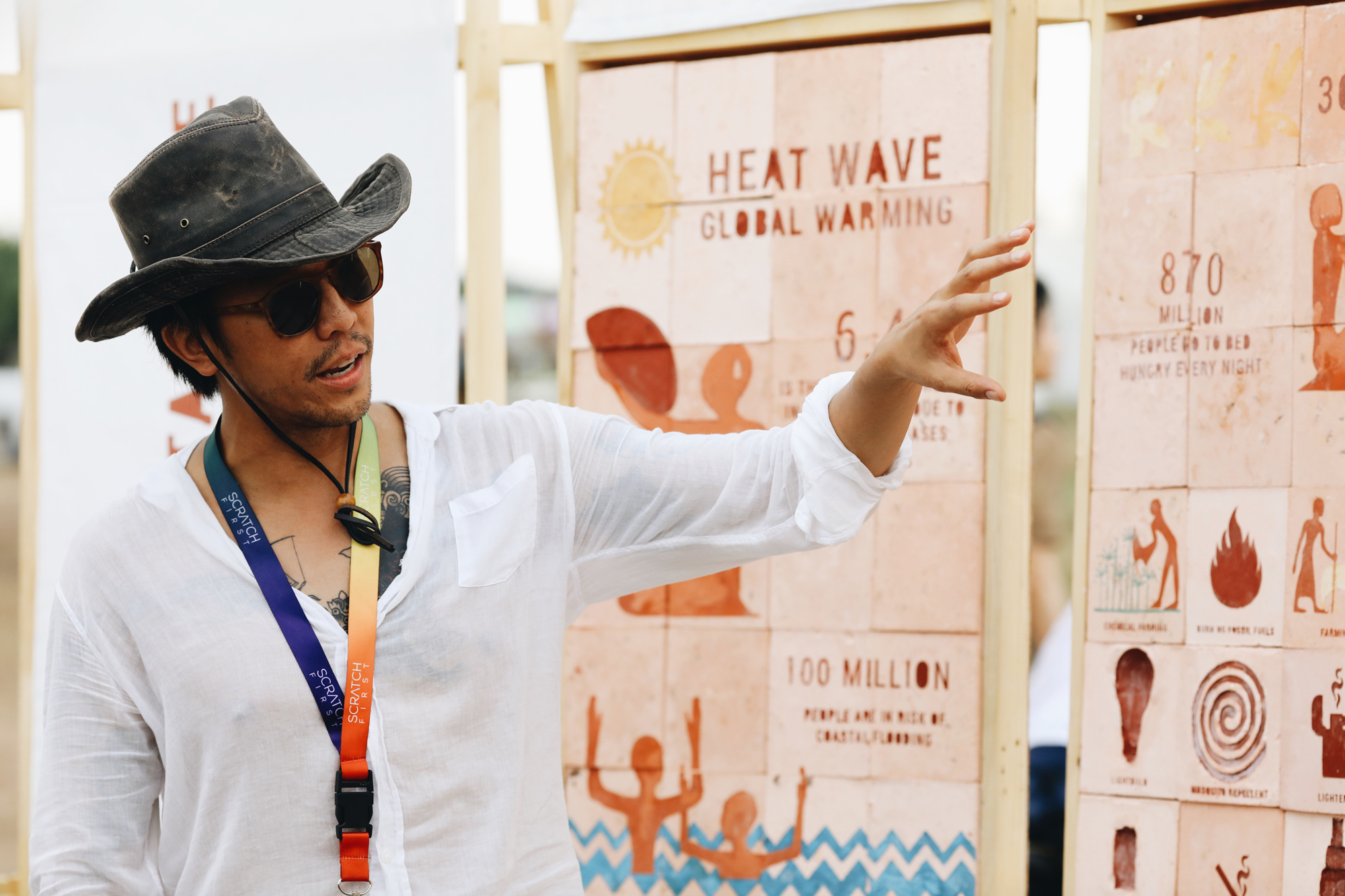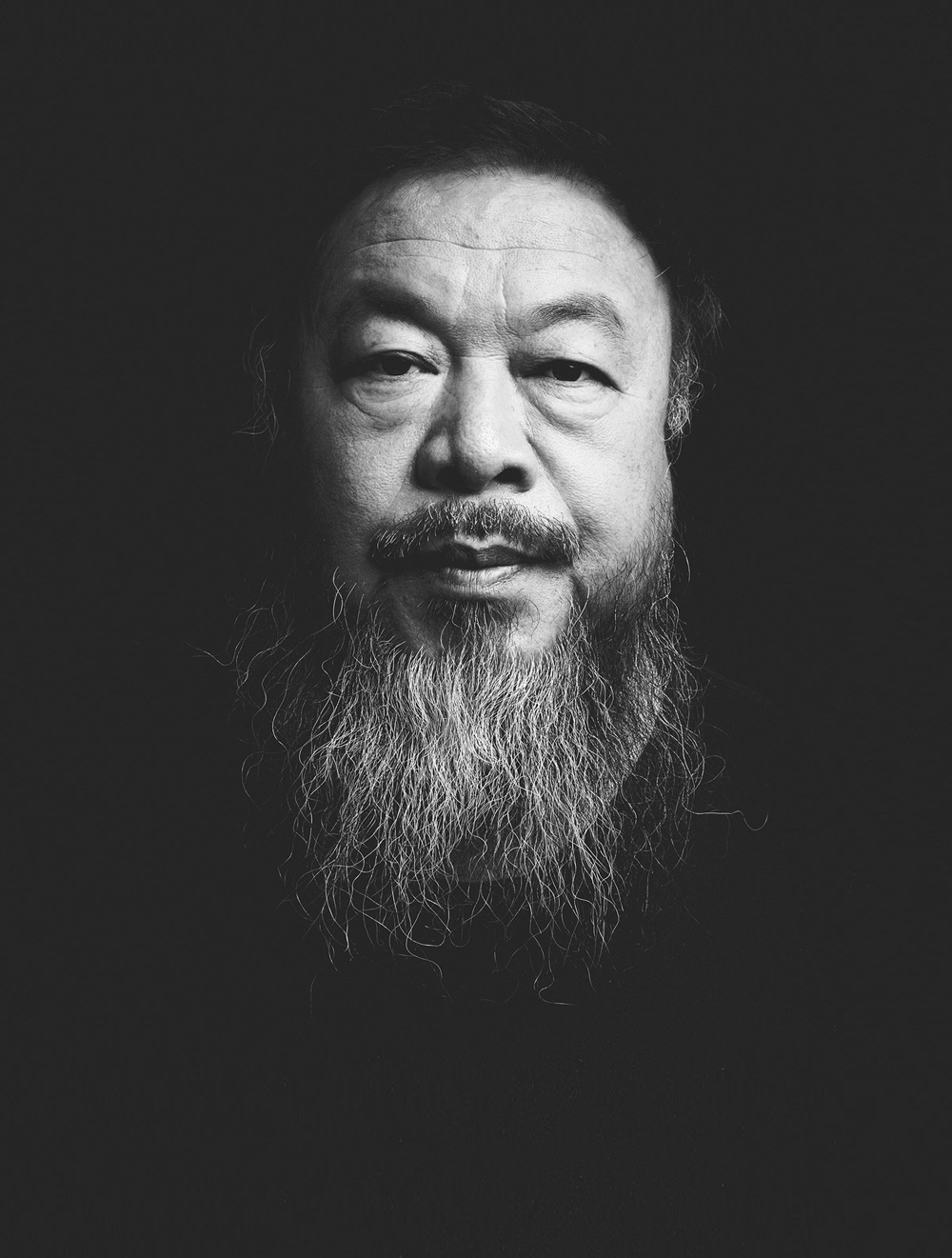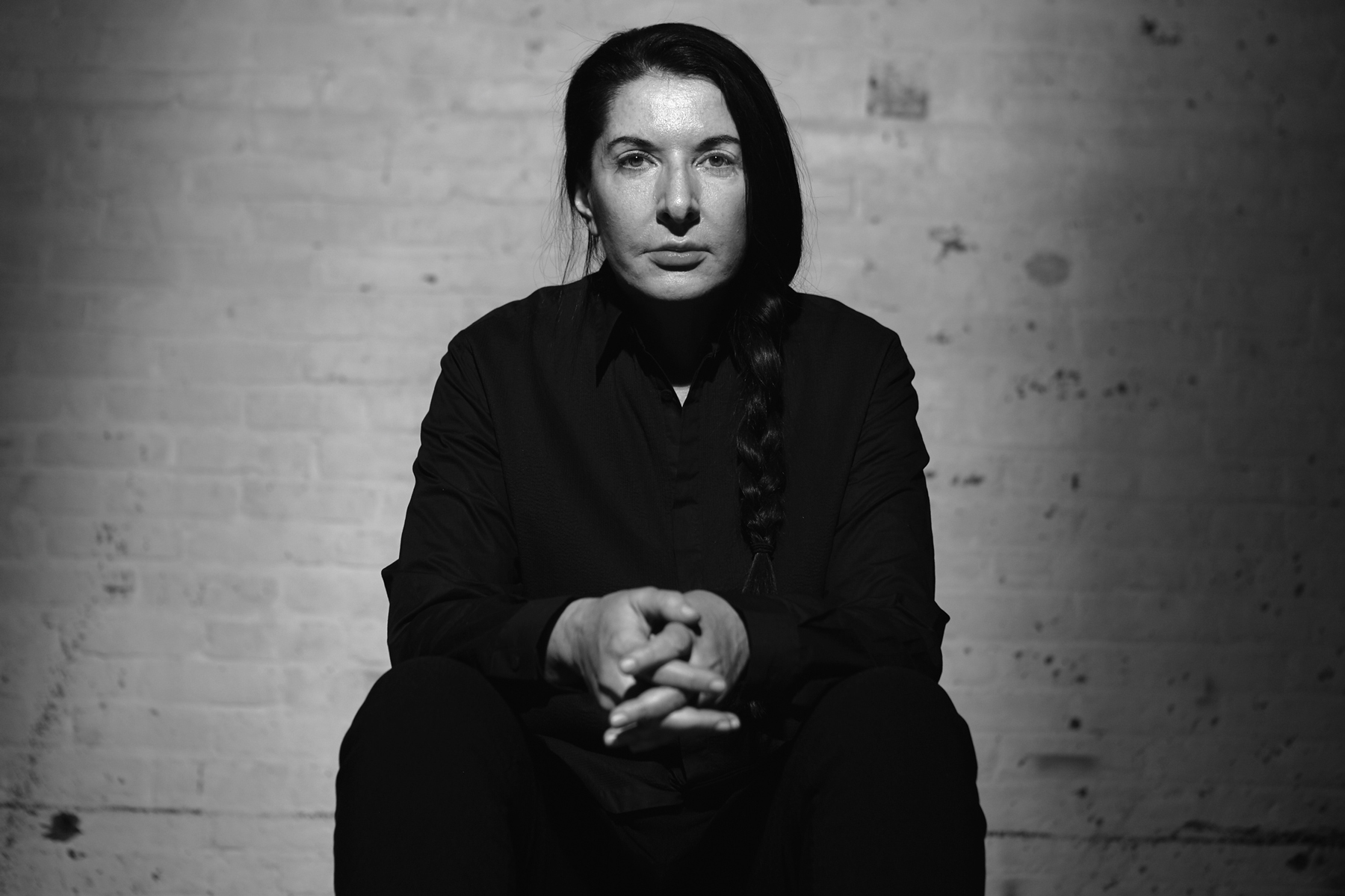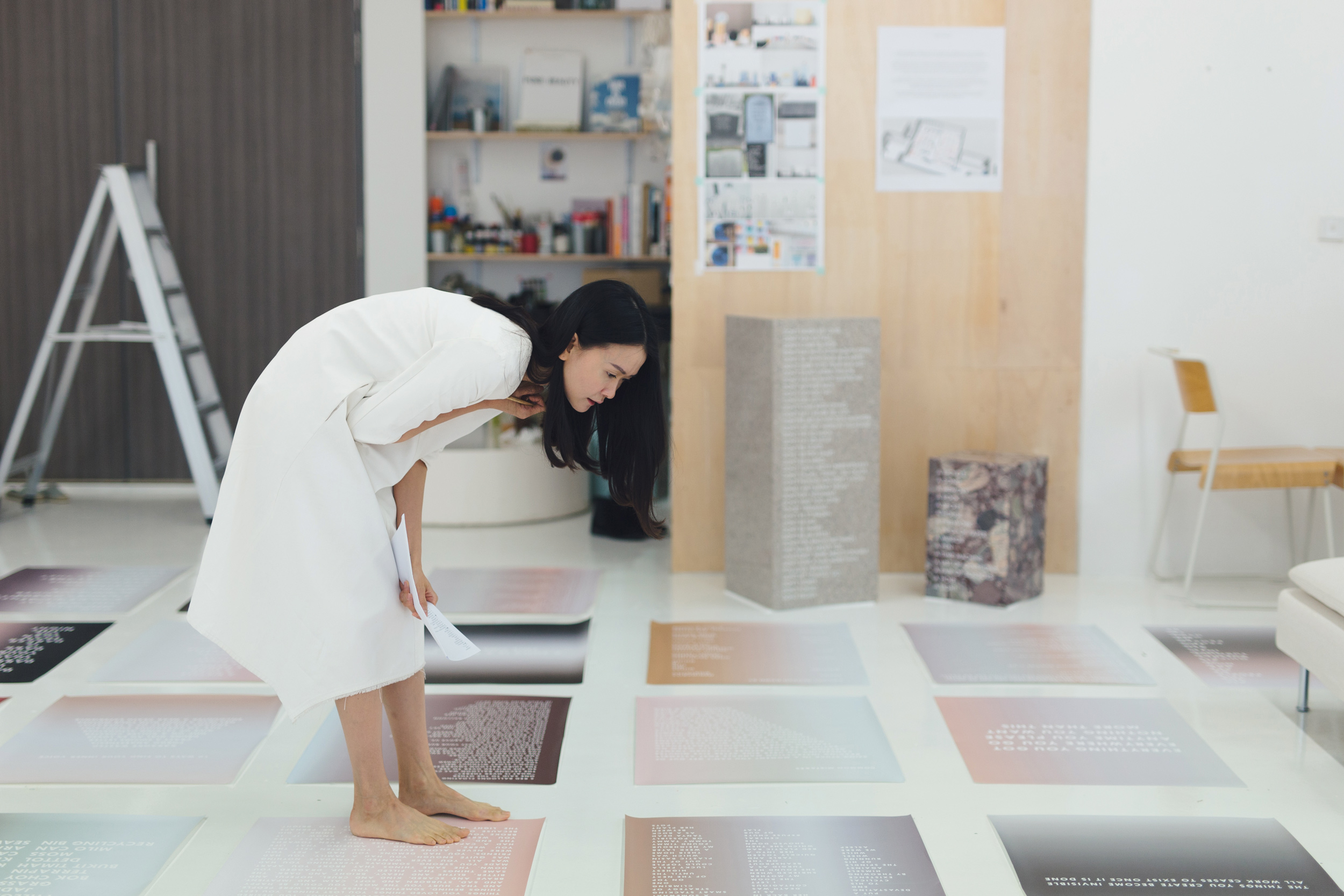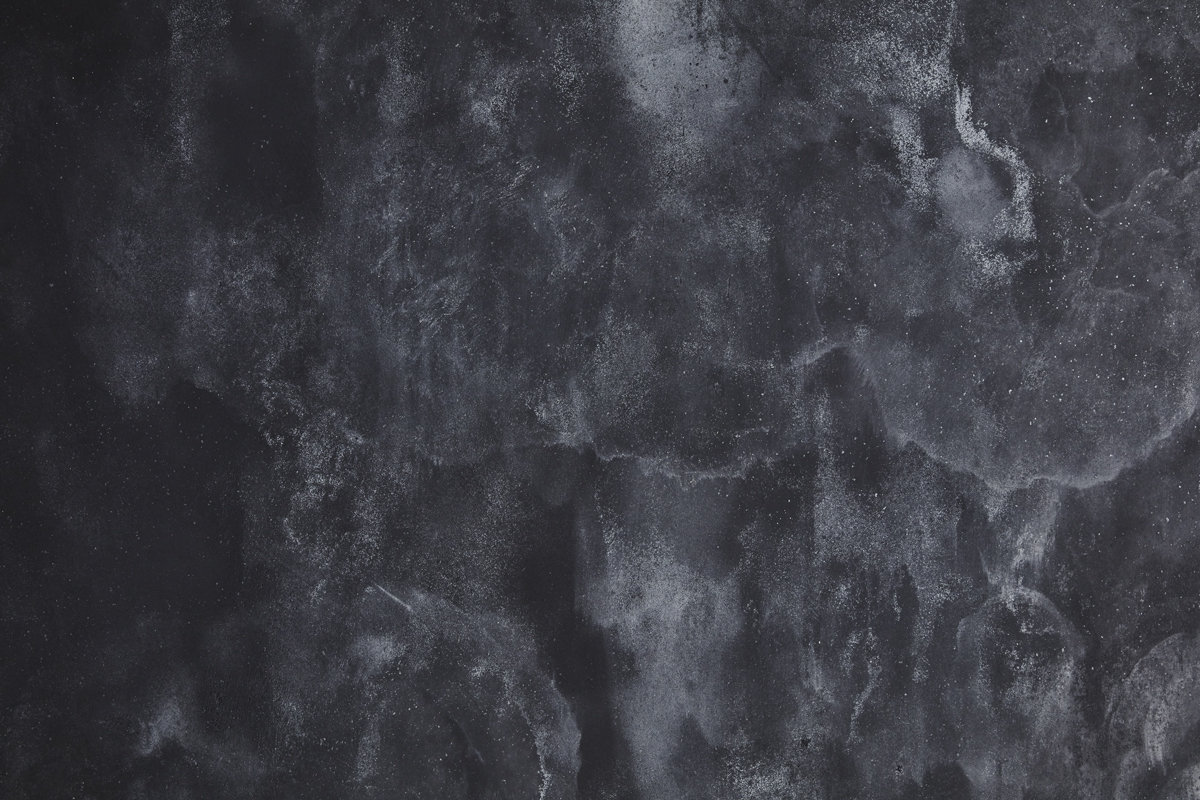If one were to think of food as nearly equal to art in importance, especially in a food-loving country like Singapore, then Rirkrit Tiravanija, the internationally renowned contemporary “cooking artist” ought to be introduced. In 1990, Tiravanija cooked a pad thai feast at the Paula Allen Gallery in New York and served the dish to gallery visitors [1990; untitled (free/still), 2007] He similarly transformed the 303 Gallery’s office space in Soho New York into a makeshift kitchen with seating areas, cooked Thai curry and invited anyone to eat for free Untitled (Free), 1992. Of course, these works are not solely about cooking or showcasing Thai food to a Western audience. Rather, they are expressions of Tiravanija’s artistic practice, very often intimately associated with “relational aesthetics”—a term articulated by French art critic and curator, Nicolas Bourriaud in the 1990s. Against modernity’s mechanisation of social relationships, relational aesthetics sought to create social environments for people to gather and participate in shared activities. Relational art’s theoretical horizon therefore considers human interactions and its social settings. It was partly with this particular context that Tiravanija’s works sought to transform gallery spaces into re-inventions of sociality to engage his audience.
While willing to accept his works as “relational”, Tiravanija finds the notion of “aesthetics” problematic, as he sees aesthetics tied to a Western concept which inherently distinguishes the viewing subject from the (art) object. Tiravanija once shared how in his earlier cooking works, he realised his Western viewers regarded what he was doing as a staged situation and performance, and their normative approach was to maintain a certain critical distance and see themselves apart from the work. To Tiravanija, this distance represented a gap, or a dichotomy between subject and object in Western thought—something Tiravanija has sought to work against and even seek to dismantle. He does so by confusing this dichotomy, implicating viewers in his works through their participation, where viewers now become both the subject and the art, as well as consumers and producers of art.

Born in Buenos Aires, Argentina, Tiravanija spent years growing up in Thailand, Ethiopia, and Canada. Today he lives and works in New York, Berlin, and Chiang Mai. Negotiating between East and West inadvertently shaped his artistic outlook and approaches, which could explain why he perceived of this gap mentioned earlier—having studied and lived amidst Western culture, he realised his instincts were different when it came to outlooks of life and art. While Tiravanija sees the relational condition as without judgment, precondition, and demands, he sensed a disparity where, according to him, “Western artists are still making an object. They are still making art.” To Tiravanija, the ways in which he and his Western counterparts approach relational art is vastly different. He acknowledges that different environments play a role and elaborates by sharing how in Thailand, locals would sit on mats on the floor, put burners, get water and start cooking—there was no engagement with art at all, but this was everyday life. In New York and Chicago however, artists would instinctively focus their thoughts on the reasons behind giving away food, rather than seeing the act as a way of living.
Choosing to identify with his Thai ethnicity and Buddhist beliefs is also a reason why Tiravanija does not think he is making art. Rather, he sees it as his part of his normal, everyday spiritual practice and life, something which is intuitive. Based on these tenets of art and life, Tiravanija has also expanded his repertoire through co-founding a collaborative educational-ecological project with another Thai artist, Kamin Lertchaiprasert, known as The Land Foundation. This open community space invites residents and artists to combine contemporary art interventions and agricultural practices, to cultivate the land and develop sustainable ways of living.
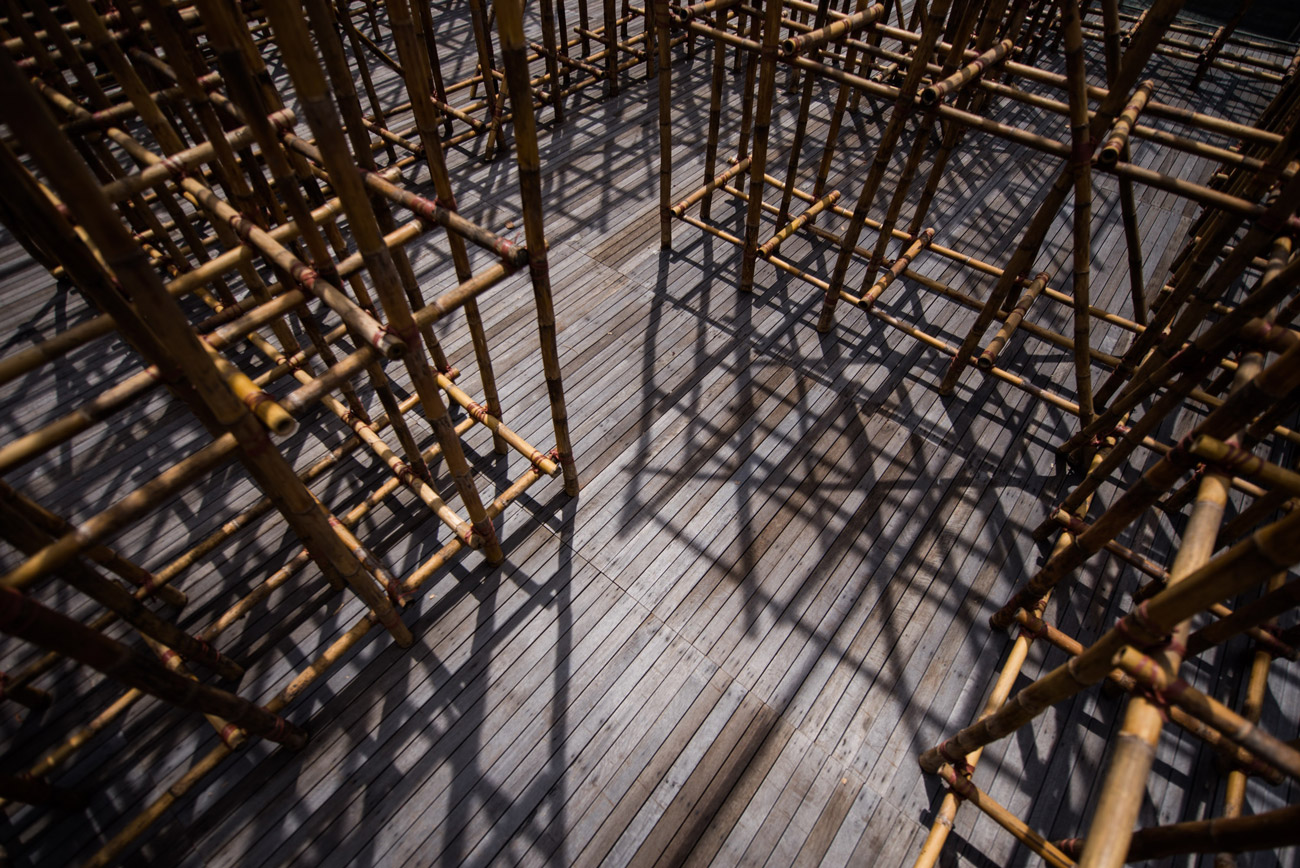
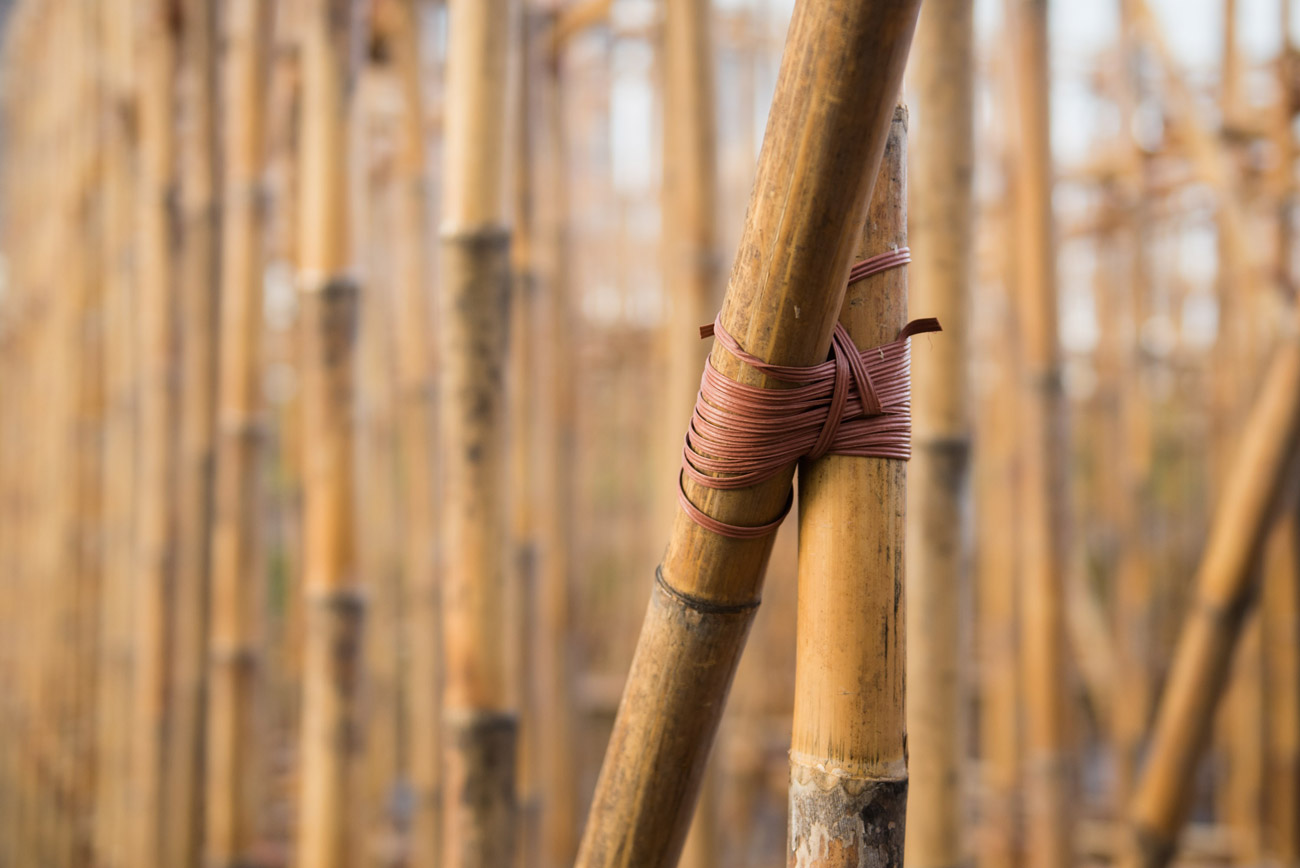
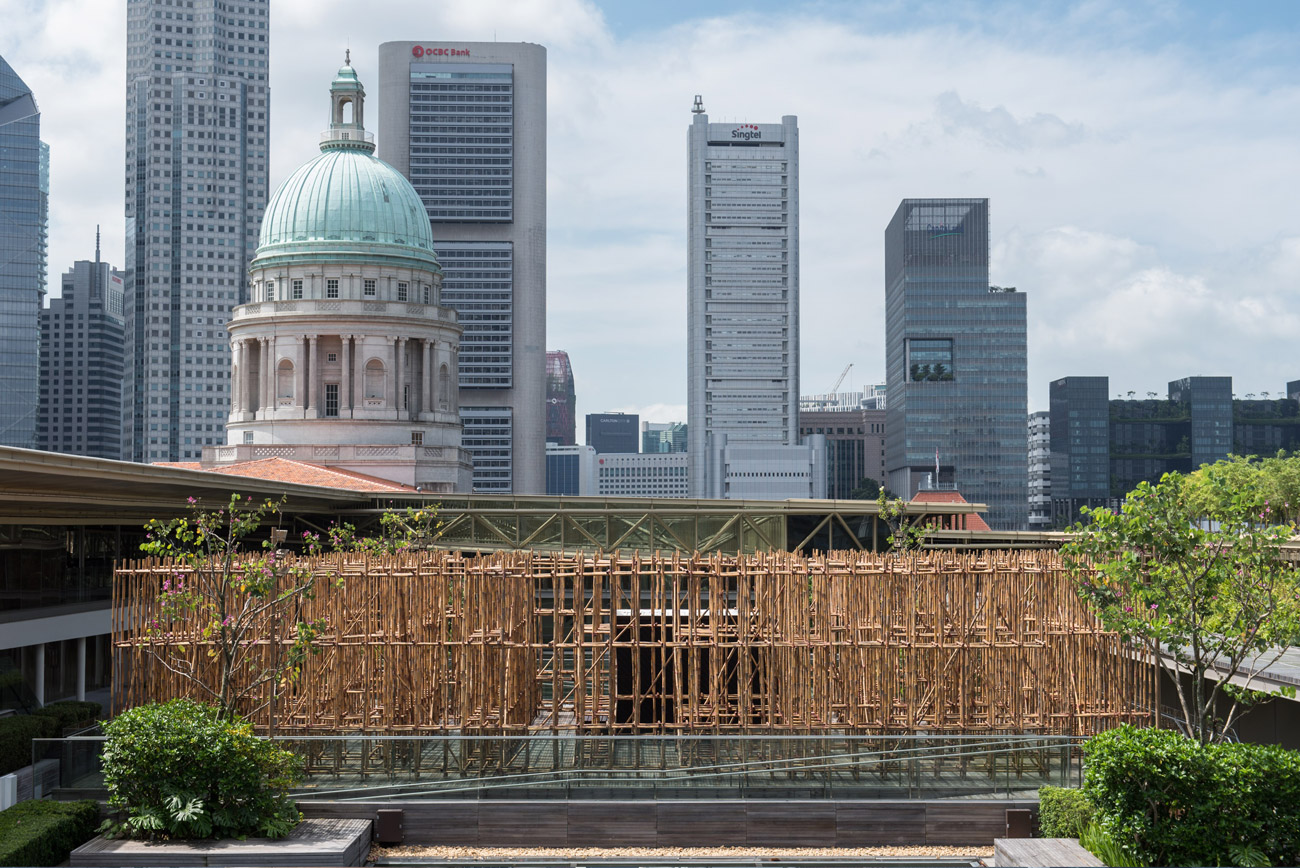
When Tiravanija first visited the newly opened National Gallery Singapore, he saw that the Roof Garden was not an easy space to use, let alone factoring in weather elements of rain, sun, and humidity. With these in mind, he decided to make a shelter for people who came here to spend time. Inherent to this concept was the notion that this particular exhibition space also served as a public space, so he wanted to encourage visitors to dwell. These considerations, together with his experiences and artistic practices subsequently materialised in untitled 2018 (the infinite dimensions of smallness), currently on display at the National Gallery Singapore’s Ng Teng Fong Roof Garden. Tiravanija’s first solo exhibition in Singapore was in 2014 with Singapore Tyler Print Institute, titled Time Traveler Chronicle (Doubt), 2014. This current work forms his second major solo project in Singapore, as well as the second artwork under the Ng Teng Fong Roof Garden Commission series. Consisting of a massive 4-metre high bamboo scaffold maze, it comprises 2500 bamboo poles flown from Chiang Mai and required 20 men to assemble it over eight days. Meandering through the maze, visitors are invited to encounter and interact with one another. This journey then leads to a wooden Japanese teahouse at the maze’s heart. Here, visitors may participate in tea ceremonies, sipping organic tea from Kyushu, occasionally mixed with watermelon juice.
Drawing inspiration from both his cultural and artistic histories, Tiravanija chose to work with bamboo as he considers it a material that reflects everyday life and localities, and is also something he relates to as part of his own cultural structure—bamboo scaffolding is a traditional construction method used particularly in Asia; in Chiang Mai where Tiravanija works and lives, bamboo is used in houses, and also by many crafts-people to weave bamboo mats. Additionally, the space and environment of the Roof Gallery and its surroundings lend to this material construction of a bamboo scaffold. In a familiar trajectory of consumption, Tiravanija used tea culture as he was inspired by Japanese mythologies that associate teahouses with the Buddha. Tiravanija hopes to instill consideration of the teahouse as a spiritual space instead of “a Japanese thing”, and tea as a medicinal elixir rather than just a beverage.
As to how Tiravanija envisions visitors would interact with his work, he indicates, “I want people to just be themselves. I would like to make a work where I don't have to tell people what to do. In certain ways, I try to use architecture or space, or food and drink, or sound. That would certainly be something people already understand. With that little sense of familiarity, they would already become more curious and more engaged, which is the difficulty of what we all think art is when we stand in front of it or when we try to counter it.”
"I want people to just be themselves. I would like to make a work where I don’t have to tell people what to do."Rirkrit Tiravanija
The work sits nestled in the tranquility of the Roof Garden, adorned with the National Gallery’s dome, and a view of St. Andrew’s Cathedral’s steeple, luxurious residential estates, skyscrapers and malls emblazoned with powerful names. While the bamboo-scaffold structure takes prominence, it is an unfamiliar sight to most construction sites in Singapore, thus inviting us to gaze closely upon the material as one walks. Enveloped by this maze, one sees the amount of work that has gone into it. The structure superimposes a frame upon its surroundings, leading one to catch glimpses of labour running deep in this site’s histories and contexts—not just in constructing this installation but this National Gallery, extending to the skyscrapers of a city’s skyline, as well as construction sites across Asia. While Tiravanija’s works often predicate on the physical presence of audiences for activation, these ephemeral social relations that transcend time, space, and the physical sphere are crucial in the making and understanding of both art and public space. In other words, they constitute the everyday as well as the spiritual in aiding “people” to not “just be themselves”, but think of relations and spaces beyond themselves, particularly those erased or neglected by the banality of everyday life, or even by spaces themselves.
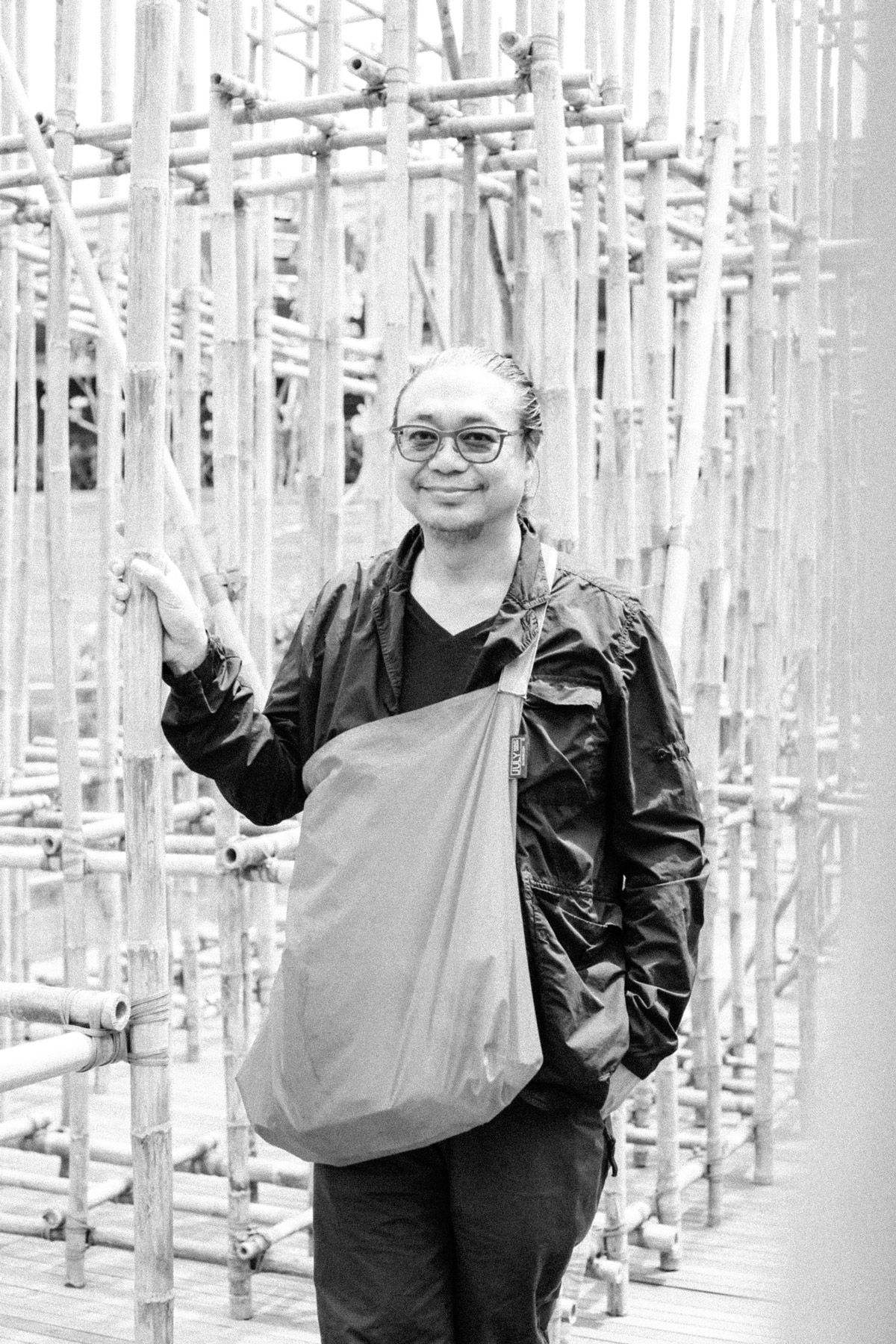
The “smallness” mentioned in this work’s title was inspired by a time when Tiravanija sat in New York, feeling small and helpless, because whatever he had been resisting made him realise there was a great deal more to fight against. This smallness may meet us as we walk through and encounter the size of his maze, greeted by surrounding imposing skyscrapers embodying the success of capitalism and hungry ambitions vindicated. Perhaps in this space, we resist smallness and that narrative of success, instead finding a personal spiritual place for respite, healing, and refuge in the teahouse. For the labourers existing outside this art space and structure, smallness is ironically seen in their erasure. Surrounded by the grid-like maze, infinite dimensions of smallness parallel asymptotes of a curve—infinitely existing, bordering on zero, yet never quite disappearing. The place of respite to them remains elusive, almost cruelly impossible.
Spending time in the space of Tiravanija’s work, one realises how ‘the infinite dimensions of smallness’ are in themselves relational and relative, depending on the references and hierarchies of big or small one decides to set sights and sensibilities on. More importantly, his work moves beyond the confines of the Ng Teng Fong Roof Garden that structures the relationships between the viewer and the art, to open up possible new scopes of relations beyond the physical and include those made ephemeral and erased.
